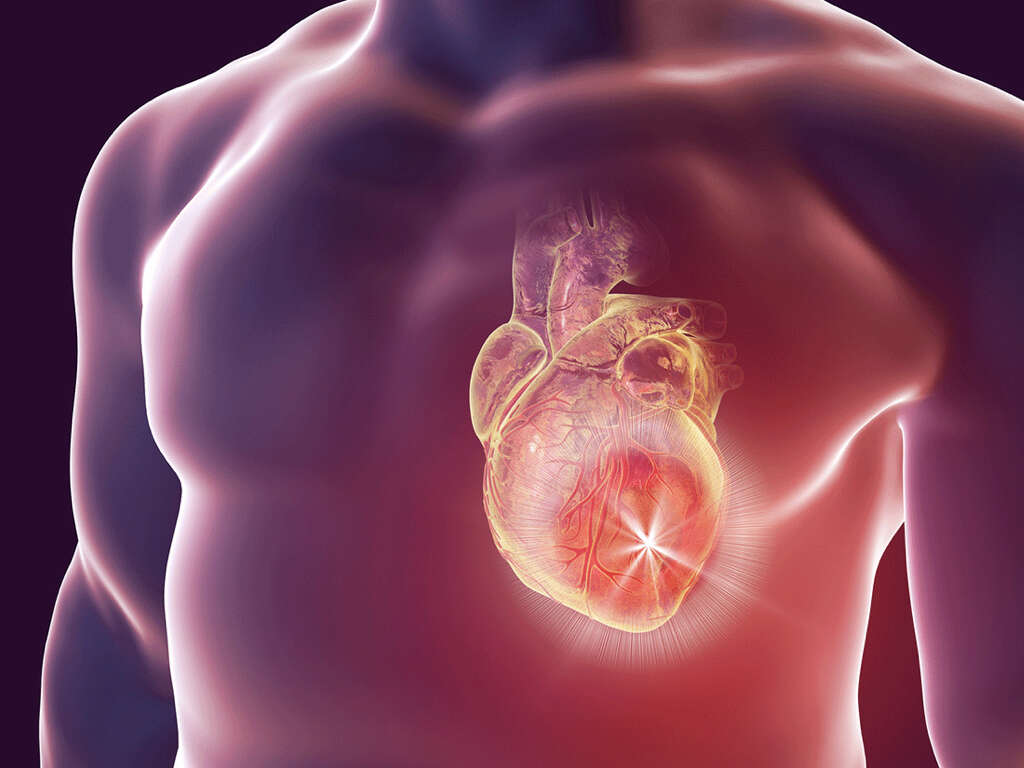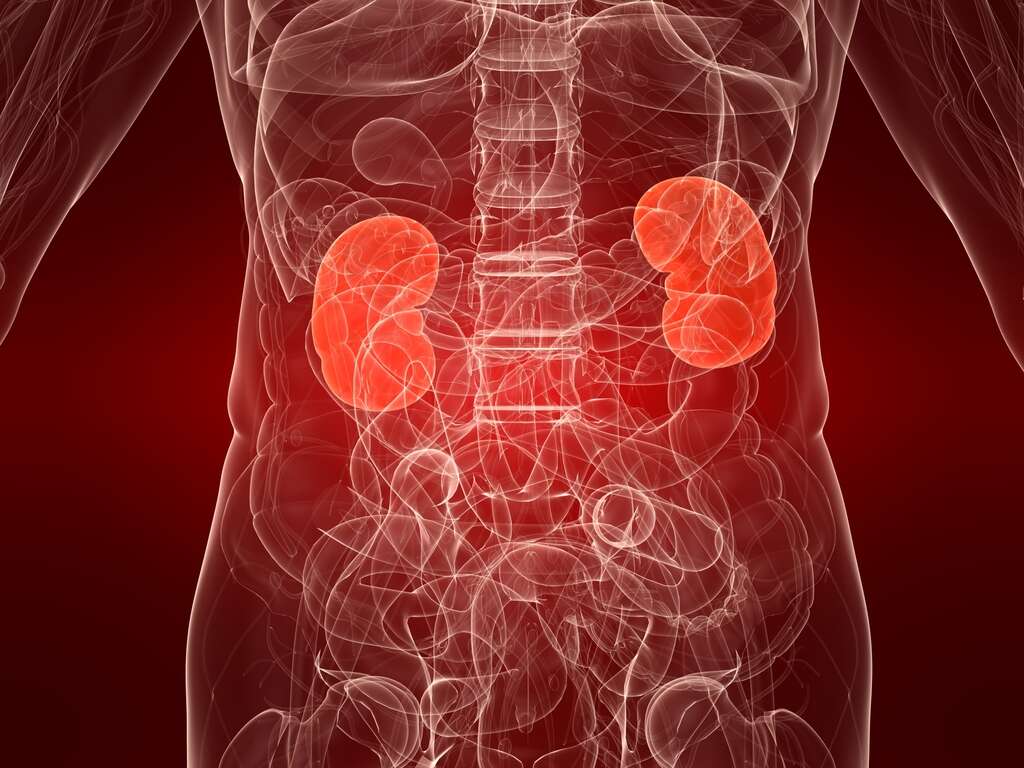Thoracic Outlet Syndrome Symptoms
The thoracic outlet is a part of the body that is located between your top rib and your collar bone. It is through here that you will find a number of blood vessels and nerves flowing through, in addition to muscle. There is usually plenty of space for everything to pass through, but this is not always the case.
Thoracic outlet syndrome is a condition in which space is limited in the thoracic outlet. This can cause the nerves and/or the blood vessels to become squeezed. This can, in turn, lead to a restriction of the flow of blood, and the pinching of the nerves can also lead to various symptoms.

1. Gilliatt-Sumner Hand
Take a look at your hand and you will see that there is plenty of flesh at the base of your thumb. This is made up largely of the muscle that allows us to move our thumb, helping us to wrap our hands around objects so that we can get a tight grip. In instances of thoracic outlet syndrome, this muscle can waste away in a condition known as Gilliatt- Sumner hand. This will become quite visible as the muscle disappears and the skin gets closer to the bone underneath. This is a symptom of neurological thoracic outlet syndrome specifically.

2. Neck Pain
Sleep awkwardly at night and you may well wake up with a stiff neck in the morning. This can be quite uncomfortable and it can even last for a day or two, but it will usually pass with on with no harm being done. If the pain does not go away, then it might be a case of neurological thoracic outlet syndrome.
With the nerve in the thoracic outlet trapped, the patient can find pain and/or aches in the neck area. This may also spread to the hand and/or shoulders. If you do have a persistent stiff neck or similar sensation that will not go away, then you should arrange to have it checked by a medical professional

3. Numbness in Fingers
The nerves in the thoracic outlet travel all the way down our arm to our fingers. These are very important to us because they help ensure that we have sensation in our fingertips. This allows us to touch and feel objects around us, sending essential information back to our brain. If the nerves in the thoracic outlet are trapped then the signals are going to struggle to be passed from the brain to the fingers, and vice versa.
This will often result in a numb sensation and the patient will have difficulty feeling with their fingers. Some patients will also complain of a tingling sensation.

4. Weakened Grip
Our grip is strong enough to allow us to use tools and to hold on to other objects. We evolved with an opposable thumb and this helps to give us an evolutionary advantage over other species. Our strong grip comes from the muscles in our arms and some muscles that are found in our hands.
Patients with thoracic outlet syndrome, however, are likely to find that their grip will become weaker than usual. This is because the trapped nerve endings are no longer able to send messages to the muscles as freely as they usually would. The patient should regain their strength once the condition has been treated.

5. Bluish Hands
Our whole body is fed oxygen and nutrients by a network of vessels that carry blood from one place to another. Our blood is red in color because of the iron in hemoglobin, which itself has a red color. This helps to give our skin its color, and it is often possible to tell a lot about somebody’s health by the color of their skin.
Patients with vascular thoracic outlet syndrome will often find that their hands will take on a bluish color. This is because the vasculature is blocked, meaning that oxygen-rich blood cannot flow to the hands as easily as it otherwise would. Blueness of the arm can also be indicative of a deep vein thrombosis (DVT) which can occur with thoracic outlet syndrome.

6. Fatigue in Arms and Hands
It is quite natural for our arms and hands to become tired after a hard days work. This is because the muscles get tired and need a rest, while the rest of our body will also begin to tire. In instances of vascular thoracic outlet syndrome, though, the patient is likely to start feeling fatigued in their arms and hands sooner than they otherwise would.
Muscles need oxygen and nutrients to keep on working hard and with the supply of these essential resources cut off then the muscles will begin to tire sooner. The patient should find the stamina in their arms improves again once the underlying cause is dealt with.

7. Throbbing in Collar Bone
As mentioned, our blood vessels carry resource-laden blood to other parts of the body where they are needed. The blood is usually able to flow freely through these vessels that are easily wide enough to handle. If, for any reason, this flow is restricted then problems can occur. In addition to appendages suffering from a lack of blood, the immediate area of the blockage can also be affected.
In instances of vascular thoracic outlet syndrome, the passageway through the vasculature will be restricted and blood can build up at the site as a result. This can result in a lump at the area and a throbbing sensation.

8. Swelling in Arms
It is important that the fluids within our body be able to flow freely in order to maintain homeostasis. If fluid, such as blood or lymphatic fluid, is unable to move as it normally would through an extremity then swelling can occur. This can occur with vascular thoracic outlet syndrome causing swelling of the arm(s).
In addition to the swelling, this will also often sometimes be quite painful for the patient. Swelling of this nature is not a good sign and should encourage you to seek medical attention.

9. Prominent Veins in the Shoulder and Chest
Many of our veins are located just below the surface of the skin. This means that they are often easy to notice, usually as bulges under the skin. They are often even more noticeable when we are exercising because there is more blood than usual flowing through them. Thoracic outlet syndrome will limit the amount of blood flowing through certain blood vessels.
This restriction causes the veins in the neck and shoulders to bulge as they becomes backlogged due to the restriction of the blood. If you do notice that something appears to be wrong with veins and/or arteries, you should make an appointment with a doctor.

10. Blood Clots
It is essential that blood continues to flow freely. If it is blocked for any reason then it can result in some very dangerous symptoms for the patient. When the blood is not able to flow freely then it can begin to coagulate, potentially causing blockages in vessels.
In cases of vascular thoracic outlet syndrome, any blood clots are likely to occur in the upper part of the body. They can be especially dangerous if they restrict the blood flow to and/or from the heart and lungs.











